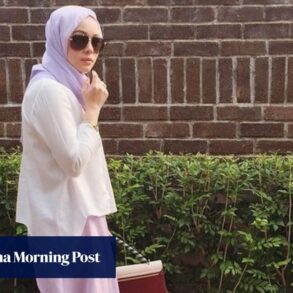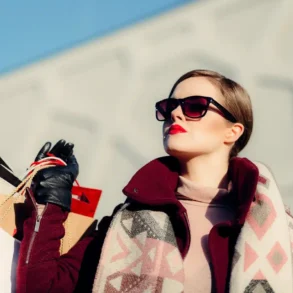
Sim challenges this, pointing out that on the flip side, if art is seen through a commercial lens, then it suggests that there is more to this relationship.
She quotes the late American artist Andy Warhol, who said that “making money is art and working is art and good business is the best art” as another way of defining this marriage.
This is also why Warhol’s work fixates on the commercialist nature of art – see his work on Campbell soup cans and vintage cars as a way of commenting on the way people perceive the value of things that they own.
“Sometimes, when I speak with young aspiring artists, the first thing I always tell them is that if they cannot make their art into a business, they can’t make it as an artist,” says Sim.
“You can have the best technique in the world, but if no one knows about your work and you don’t put yourself out there, you’re just a painter.”
There you have it: the driving forces behind the confluence between art and fashion, clearly defined.
For consumers, this is their chance to own something unique. These pieces are not just static canvases to be hung on their walls. Rather, they become mobile status icons and another form of personal expression.
For the artists and the brands, it is the ability to leverage each other’s skills and reach to find new audiences and customers respectively. By creating one-of-one items, they are able to offer a new level of singularity.
And when you think about it, the ability to provide individualism is one of the core values of what drives luxury today.






